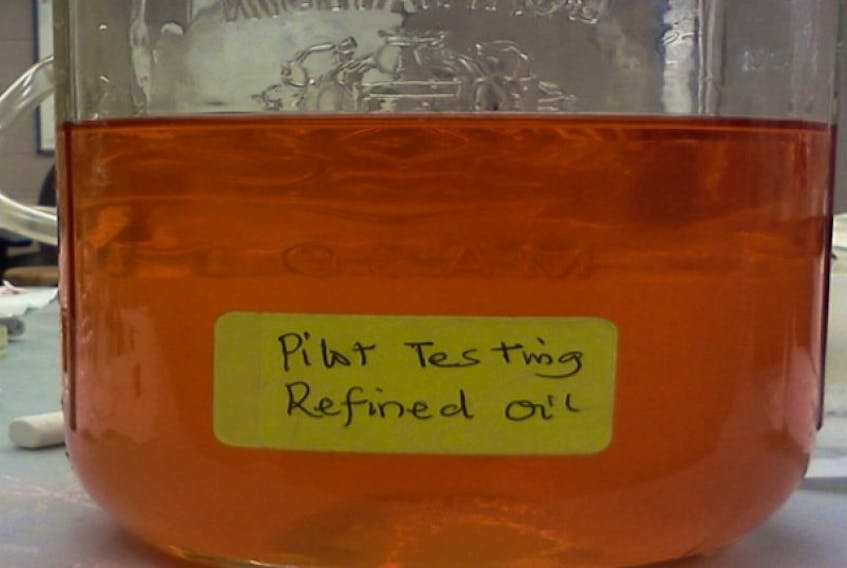Only 30 to 60 per cent of every fish caught will reach consumers. The rest will end up either in landfills or be disposed of back into the water.
For Kelly Hawboldt, this reality was too wasteful and needed to be put to an end, and she believes science is the answer.
Hawboldt is a researcher with the Ocean Frontier Institute — a collaborative ocean research initiative between Dalhousie University, Memorial University and the University of Prince Edward Island — and professor in the department of process engineering in the faculty of engineering at Memorial University.
Hawboldt says it might be possible to extract fish waste and turn it into products that consumers will pay top dollar for.
Her plan focuses not only on creating these new fish products, but on finding a sustainable way to do so, with the aim of reducing the overall environmental footprint of the fishing industry.
There are a lot of valuable resources in the parts of fish that get thrown away, from protein to enzymes and amino acids to oils and minerals, she says.
Hawboldt’s plan deals with the different levels at which fish products and byproducts need to be processed in order to become marketable materials.
The sorts of products she envisions producing range from what she terms “low-hanging fruit,” such as animal feed, cosmetics and fuels from fish byproducts, to “high-end” processing such as nutraceuticals involving the extraction of enzymes and amino acids.
Many of the “low-hanging fruit” products have already been integrated into the consumer marketplace, and Hawboldt envisions “middle-hanging fruit” projects such as industrial chemicals being ready to integrate into the market in the coming two to five years.
Hawboldt is aiming her research at products and systems that can work in small or remote communities with diverse needs, which are commonly overlooked in favour of more easily serviceable larger centres.
She plans to use the fish products to provide a regional source of fuel to sustain a community or selling to a local industry that can service a larger market.
“Looking at regional needs and saying, ‘OK, is there a product that can be used in your region?’” Hawboldt says about her attempts to work with the agricultural industry to understand their systems and how her research can be turned into usable products and processes for it.
Hawboldt says that if she is successful with her research, the production of fish products made from formerly wasted fish could create new jobs and stimulate economic growth.









